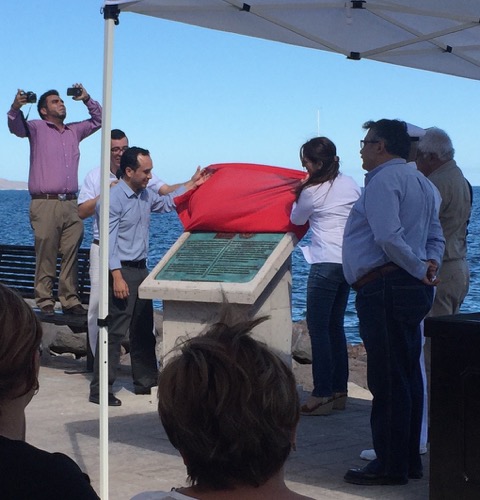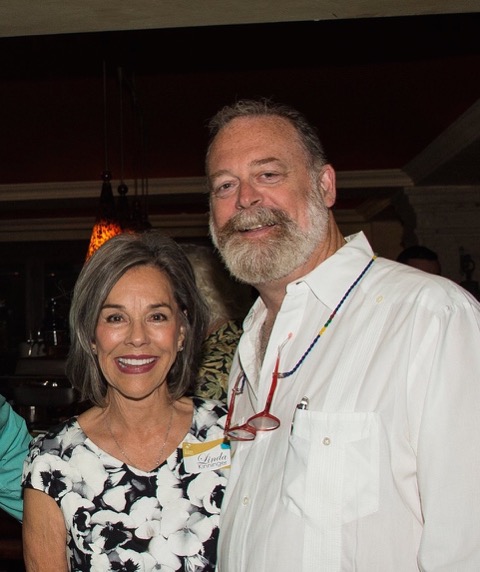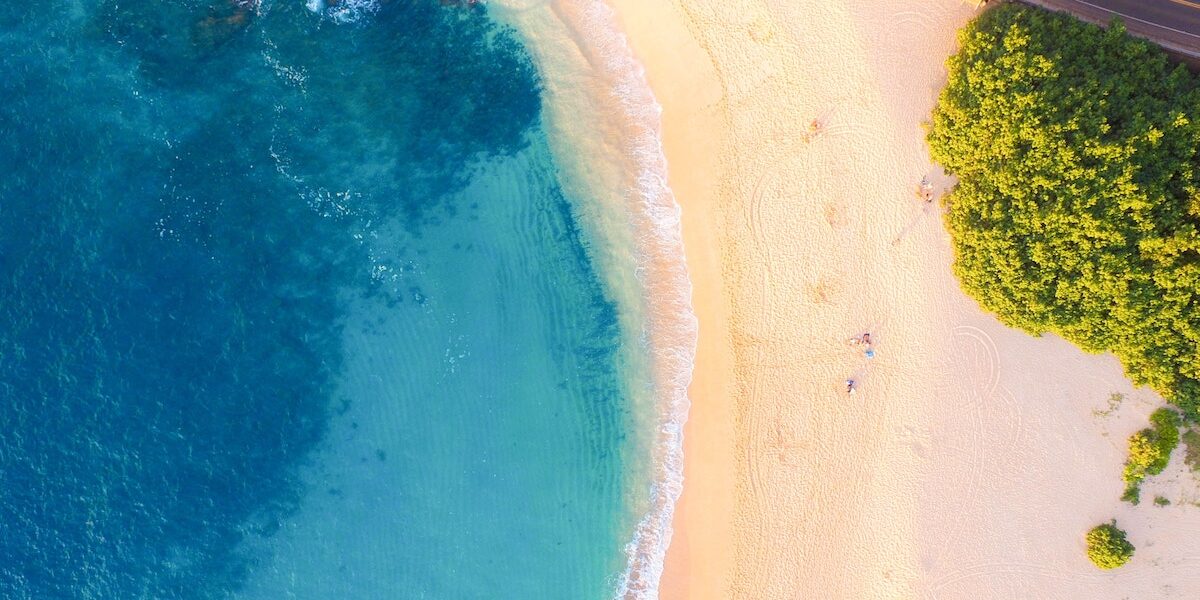Greetings from Loreto International Airport where I am waiting to catch my plane back to LAX after a very busy week.

It is always nice to be back in Loreto, and it always makes me melancholy to leave. I love to watch the sun rise over the Loreto Bay National Park. I love seeing old friends and meeting new people. I have been visiting here for more than twenty five years—and am grateful for all of the opportunities I have had to work on the protection of the natural and cultural resources that make this part of Baja California Sur so special.
Ten years ago, the Loreto Bay National (Marine) Park was named a Natural World Heritage Site. This week, I was lucky enough to attend the unveiling of the formal plaque that identifies this special designation of this beautiful and unique place. The Park is home to an array of fish and marine mammals, and is part of the migratory pathway of blue whales, fin whales, humpbacks, killer whales, pilot whales, sperm whales and more.
One of the goals of my visit was to bring together the community to talk about the creation of a national park on land just south of the town of Loreto. About 30 people attended the first workshop and we talked about the specific size and type of park, as well as the role of the Mexican government, and the need for public support. Initial excitement is high for this 2,023-hectar (5,000 acre) parcel to receive protection.

My visit was also an opportunity to talk to local leaders, business owners, and non-profit staff about the best ways in which to ensure that Loreto’s landmark conservation law, POEL, or Ecological Ordinance is implemented as intended. As you can imagine, Loreto is like other parts of BCS—arid and dependent on protecting water resources for social, environmental, and economic health and stability. There tends to be grave concern when there arises any possibility of harm to the area’s natural resources. Open pit mining is one example of a water-intensive, water-polluting activity that flies in the face of the POEL. I had many valuable meetings that helped inform what might be done to ensure the community does not open the door to mining via the creation of a revenue incentive in the form of a mining property tax on undeveloped land.
Finally, I was able to attend the 8th annual Eco-Alianza benefit gala last night, which was hosted at the Mission Hotel on the waterfront in Loreto. Attendees included local residents, seasonal residents, business leaders, and other supporters. The silent auction is always full of beautiful crafts from the people of the region, as well as other items from local businesses—a commitment to community building that is the hallmark of Eco-Alianza’s work. I serve as an advisor to Eco-Alianza, which was founded to educate, advocate, and communicate about the ways in which the health of Loreto’s natural resources affect the health of all. It was a delightful evening, as always.
It is always hard to leave such a beautiful place with such diverse and interesting residents of the community. Even though my work will continue to include the national park, the mining issues, and the programs of Eco-Alianza when I am back in DC, I am already looking forward to my return.
Help us Keep Loreto Magical.
Photo 1: Unveiling of plaque recognizing 10-year anniversary of Loreto Bay National Park; Photo 2: Mark and Linda A. Kinninger, co-founder Eco Alianza (credit: Richard Jackson)







